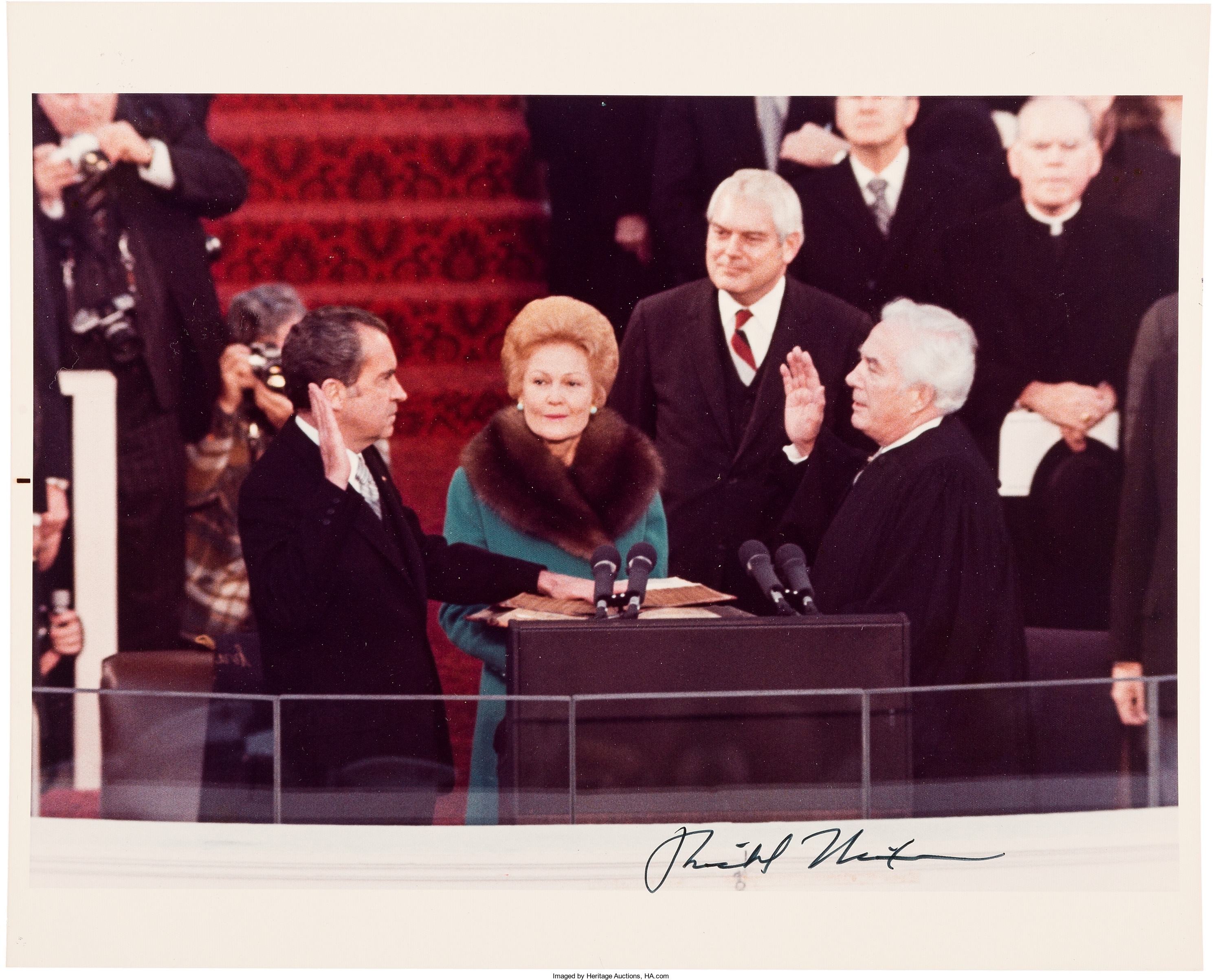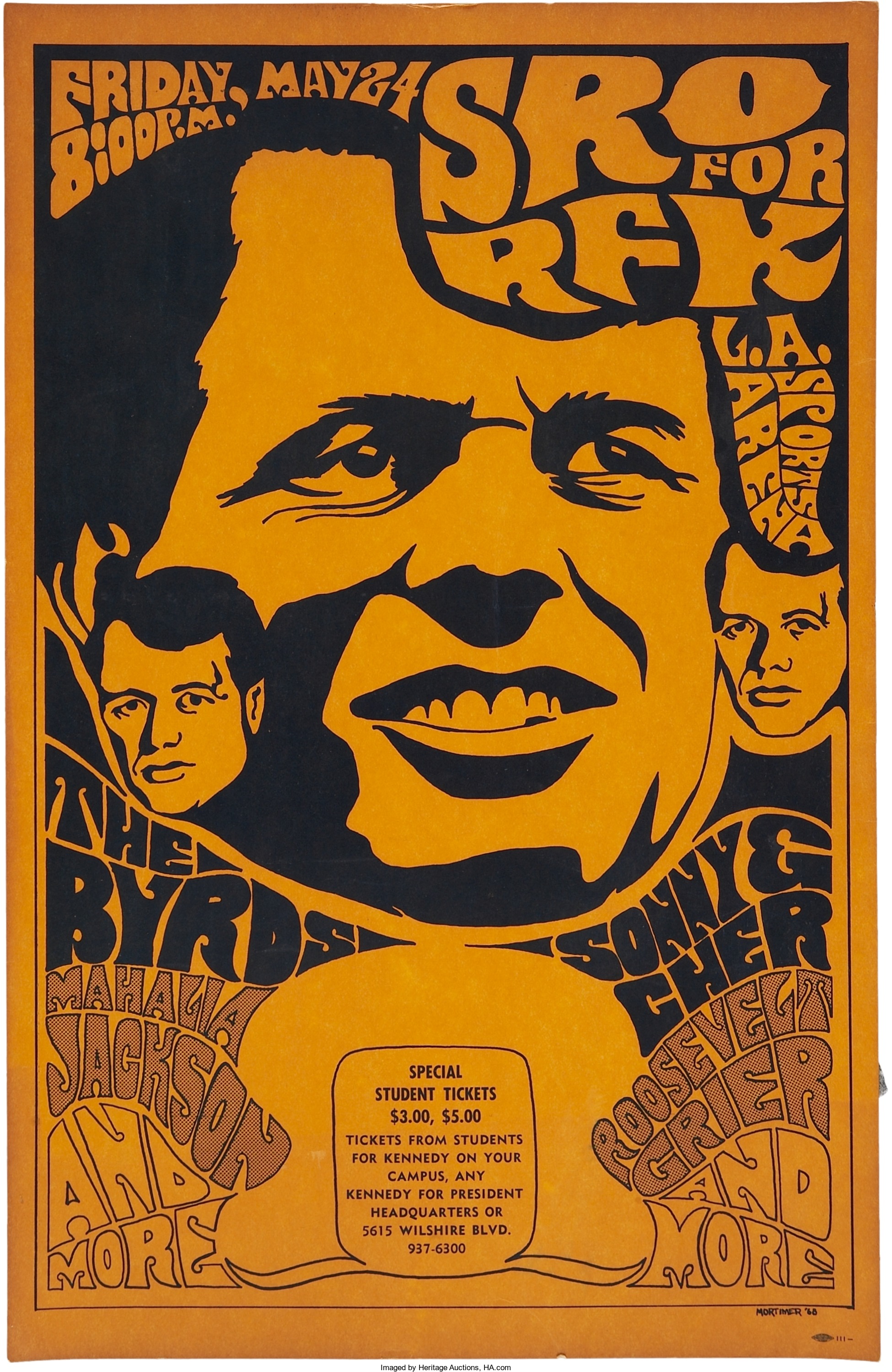
By Jim O’Neal
As the nation seems transfixed again on the White House and there is a special counsel investigating “everything,” it is nostalgic to see old faces popping up on CNN as the “I” word is faintly heard.
John Dean has returned with his colorful Richard Nixon anecdotes and even Richard Ben-Veniste is back. Ben-Veniste was a special prosecutor during the Watergate scandal and chief counsel for the Democrats in the less-famous, but much longer and tedious Senate Whitewater Committee, which was investigating the Clintons (especially the first lady) over their curious relationships before they left Arkansas.
Rarely does anyone mention earlier first lady Pat Nixon. She grew up on a small truck farm in Artesia, Calif., about 20 miles from my high school (Compton). She lost her mother to cancer when she was 12 and was forced to take over the family household chores, including the laborious task of doing the laundry, which involved building a fire in an outdoor brick fireplace and lifting the clothes with long sticks from cauldrons of boiling water into cold water and then hanging them out to dry.
She also took care of two older brothers and her father for five years until he died from silicosis (miner’s disease). She was an orphan at 17 and determined to get a college degree. She worked her way through the University of Southern California, graduating cum laude in 1937. She met Richard Nixon when they were auditioning for parts in a local production of the mystery drama The Dark Tower. She was teaching shorthand and typing at a high school and he was a young lawyer from Duke University Law School. (He had been accepted into the FBI, but never received the notice.)
They married in June 1940, and then he was off to the Navy for several years. He ran for Congress with Pat as his office manager. She basically devoted the rest of her life supporting his political ambitions. She was crushed when he lost the 1960 presidential race to John F. Kennedy and never understood why reporters never investigated the speculation that Chicago Mayor Richard Daley had stolen Illinois’ 27 electoral votes or why her husband had not demanded a recount.
Nixon promised Pat that he was finished with politics after he lost his 1962 comeback campaign for governor of California, famously blasting the deeply hated press with his parting message, “You won’t have Nixon to kick around anymore.” Pat was relieved and her happiest days were after that defeat, when the family moved to New York and Nixon retreated to private life as a lawyer.
By the time they did get to the White House in January 1969, the Vietnam War was raging and the feminist movement was in full swing. As the wife of President Dwight D. Eisenhower’s vice president, Pat was trained at the knee of Mamie Eisenhower, the quintessential 1950s political wife.
Although she never publicly crumbled, Watergate took a terrible toll on Pat Nixon’s health. She lost sleep, lost weight and rumors of her drinking started.
Her loyal aides fought back, saying she enjoyed an occasional highball and a cigarette at the end of a long day. However, Pat told her daughter Julie, “Watergate is the only crisis that got me down. It is just constant and I know I will never live to see the vindication.”
She was right about that. Life and history have not been fair to Pat Nixon … period.
 Intelligent Collector blogger JIM O’NEAL is an avid collector and history buff. He is president and CEO of Frito-Lay International [retired] and earlier served as chair and CEO of PepsiCo Restaurants International [KFC Pizza Hut and Taco Bell].
Intelligent Collector blogger JIM O’NEAL is an avid collector and history buff. He is president and CEO of Frito-Lay International [retired] and earlier served as chair and CEO of PepsiCo Restaurants International [KFC Pizza Hut and Taco Bell].

